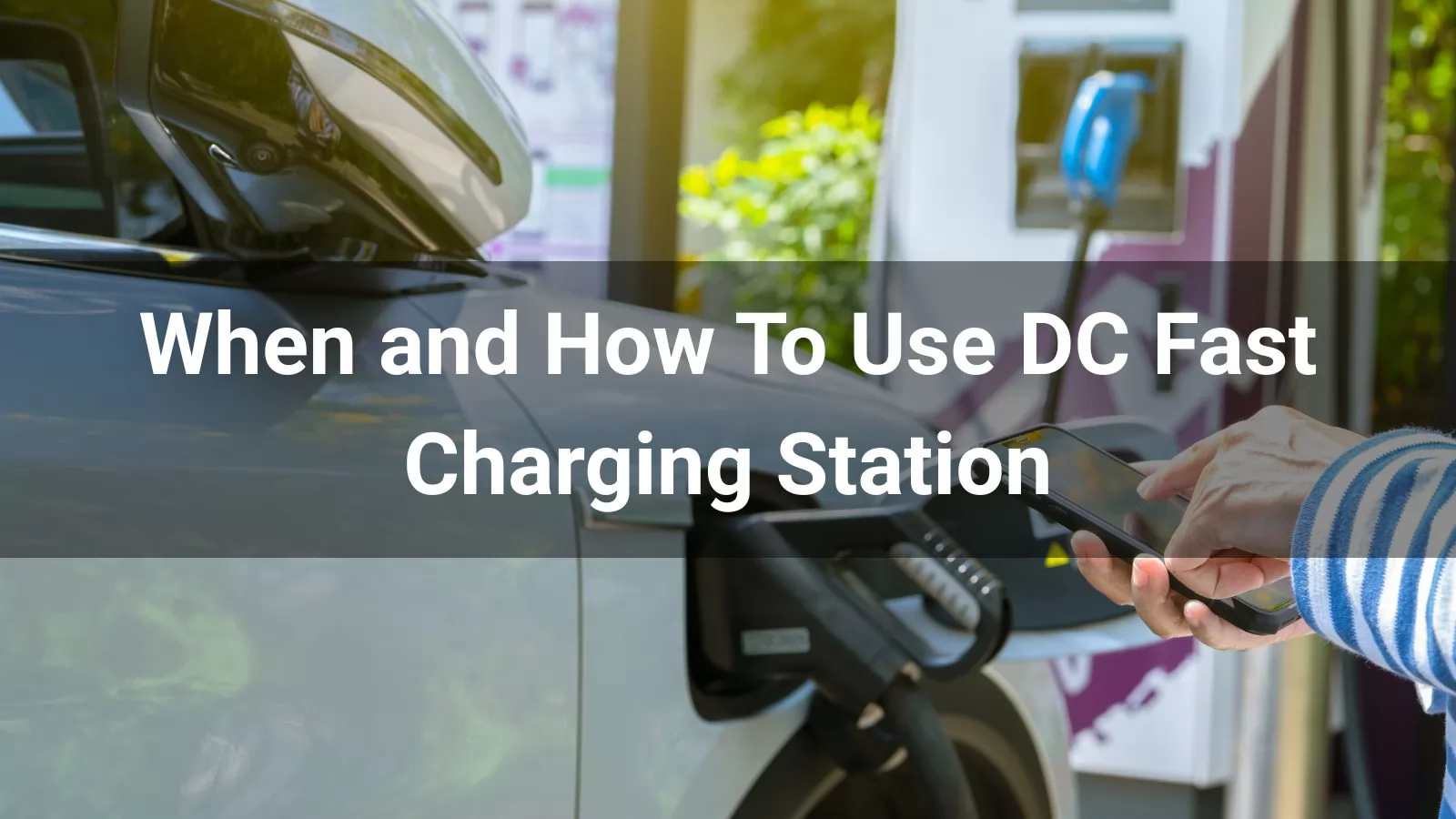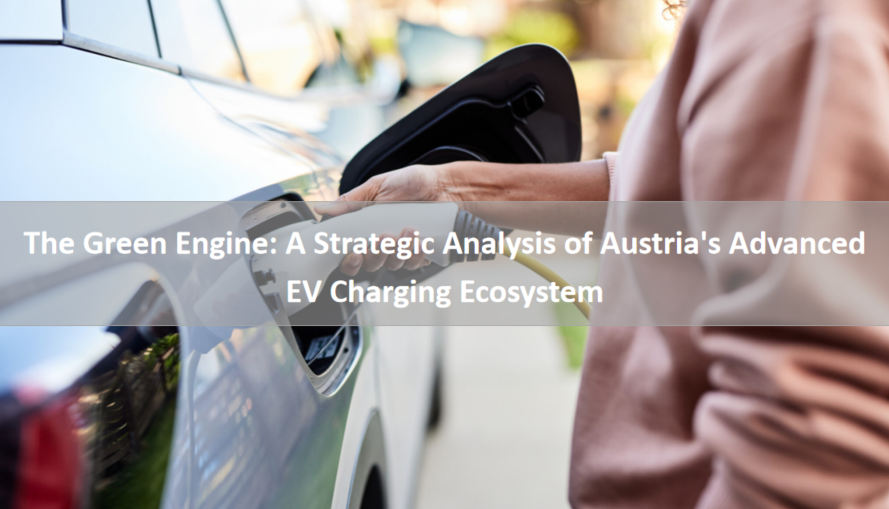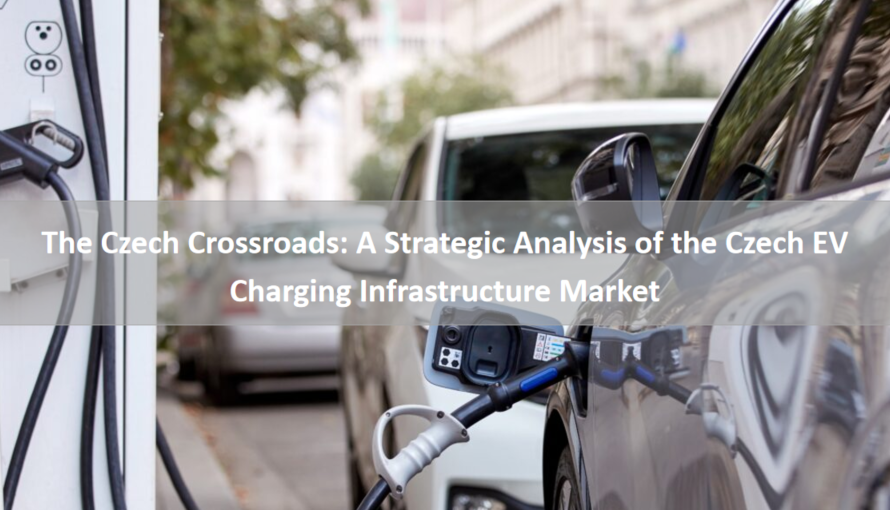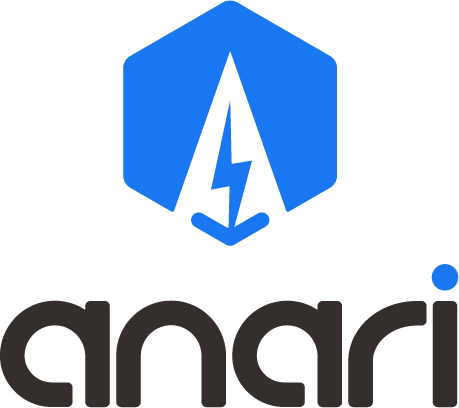
DC Fast Charging (DCFC) stations are a critical component of the electric vehicle (EV) infrastructure, offering a rapid way to recharge EV batteries compared to standard Level 1 or Level 2 chargers. Understanding when and how to use these stations can maximize convenience, efficiency, and battery health for EV owners. This article provides an overview of DC fast charging, when it’s most appropriate to use, and a step-by-step guide on how to use a DC fast charging station effectively.
DC Fast Charging, also known as Level 3 charging, delivers high-power direct current (DC) to an EV’s battery, bypassing the vehicle’s onboard charger. This allows for significantly faster charging times compared to alternating current (AC) chargers. Depending on the vehicle and charger, DC fast chargers can provide 50 kW to 350 kW of power, potentially charging an EV battery from 20% to 80% in 20–40 minutes.
DC fast chargers are commonly found at public locations such as highway rest stops, shopping centers, and urban charging hubs. They use standardized connectors like CCS (Combined Charging System), CHAdeMO, or Tesla’s proprietary connector (NACS in North America), depending on the vehicle brand and region.
DC fast charging is not always the best choice for every situation. Here are key scenarios when it’s most appropriate:
DC fast chargers are ideal for road trips or long-distance travel where quick recharges are necessary to minimize downtime. They are strategically placed along highways and major routes to enable EV drivers to cover hundreds of miles with minimal delays. For example, if you’re driving across states or regions, DC fast chargers can help you recharge during a short break, such as a meal or rest stop.
If you’re in a hurry and need a quick top-up, DC fast charging is the best option. Unlike Level 2 chargers, which may take several hours to fully charge a battery, DC fast chargers can add significant range in under an hour. This is particularly useful for busy schedules or unexpected trips.
When your EV’s battery is critically low (e.g., below 20%), and you’re far from home or a Level 2 charger, a DC fast charger can quickly restore enough range to get you to your destination. Many EVs are designed to charge most efficiently at lower states of charge (SoC), making DC fast charging effective in these situations.
In urban areas where home charging may not be available (e.g., for apartment dwellers), DC fast chargers at public stations can serve as a convenient alternative. They allow drivers to charge quickly while running errands or during short stops.
While DC fast charging is convenient, it’s not always the best option:
Daily Charging: Frequent use of DC fast charging can accelerate battery degradation over time due to the high power and heat generated. For daily use, Level 1 or Level 2 charging at home or work is gentler on the battery.
Full Charges: Most EVs taper charging speed above 80% SoC to protect the battery, making DC fast charging less efficient for topping off to 100%. It’s better to use slower chargers for full charges.
Cost Considerations: DC fast charging is typically more expensive than home charging, with costs based on kilowatt-hour (kWh) usage, time, or session fees. If cost is a concern, slower charging at home may be more economical.
Using a DC fast charging station is straightforward, but it requires some preparation and awareness to ensure a smooth experience. Follow these steps:
Before heading to a DC fast charging station, verify that it supports your EV’s connector type (e.g., CCS, CHAdeMO, or NACS for Tesla vehicles). Most modern EVs use CCS in North America and Europe, while some older models or Japanese EVs may use CHAdeMO. Check the station’s details using apps like PlugShare, ChargePoint, or the vehicle’s navigation system to confirm compatibility and availability.
Use a charging network app, your EV’s built-in navigation, or websites like PlugShare or Electrify America to find nearby DC fast charging stations. Look for stations with high-power chargers (e.g., 150 kW or higher) for faster charging, and check real-time availability to avoid occupied stations. Consider amenities like restrooms, restaurants, or shops to make the stop productive.
Check Battery Level: DC fast charging is most efficient when the battery is between 10% and 50% SoC. Charging speed typically slows significantly above 80%.
Precondition the Battery (if applicable): Some EVs allow you to precondition the battery (e.g., via the vehicle’s navigation or settings) to optimize charging speed. This is particularly useful in cold weather, as a warmer battery accepts charge more efficiently.
Clear the Charging Port: Ensure the charging port is free of debris or ice, and unlock it if necessary.
Park and Power Down: Park your EV in the designated charging spot and power down the vehicle.
Select the Correct Connector: Identify the appropriate connector (CCS, CHAdeMO, or NACS) for your vehicle. Some stations have multiple connector types, so double-check.
Plug In: Firmly insert the connector into your EV’s charging port until it clicks or locks in place. For Tesla vehicles at non-Tesla stations, you may need an adapter (e.g., CCS-to-NACS).
Authenticate Payment: Most DC fast charging stations require payment via a mobile app, RFID card, or credit card. Follow the station’s instructions to authenticate (e.g., tap your card, scan a QR code, or use the network’s app). Some Tesla Superchargers automatically recognize the vehicle and bill the associated account.
Once connected, the charger and your EV will communicate to initiate charging. Monitor the charging progress via the station’s display, your vehicle’s dashboard, or the charging network’s app. Most EVs display the charging speed (kW), estimated time to completion, and added range. To optimize efficiency and courtesy, aim to charge to 80% SoC, as charging slows significantly beyond this point.
When the desired charge level is reached (or at 80% for efficiency), stop the charging session via the app, the station’s interface, or by pressing a release button on the connector (if applicable).
Unplug the connector and return it to the station’s holster.
Move your vehicle promptly to free up the charging spot for others, as some stations impose idle fees for lingering after charging is complete.
Plan Your Route: Use apps or in-car navigation to plan stops at DC fast chargers, factoring in charging time and station reliability.
Avoid Peak Times: Charging stations can be busy during holidays or peak travel hours. Check real-time station status to avoid waits.
Monitor Battery Health: Limit DC fast charging to 1–2 times per week to minimize long-term battery wear, especially for older EVs.
Be Courteous: Follow charging etiquette by moving your vehicle once charging is complete, especially at busy stations.
Stay Safe: Avoid leaving valuables in your vehicle while charging, and be aware of your surroundings, especially at night.
DC fast charging is a game-changer for EV drivers, offering quick and convenient recharging for long trips, urgent needs, or public charging scenarios. By understanding when to use DC fast chargers and following the proper steps to operate them, you can make the most of this technology while preserving your EV’s battery health and minimizing costs. With the growing network of DC fast charging stations worldwide, EVs are becoming an increasingly practical choice for all types of drivers.
Read more:







